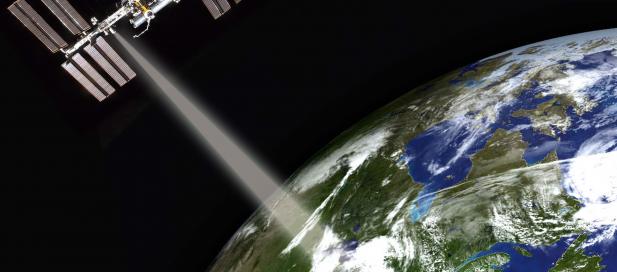
Space monitoring is the next step in sourcing cutting-edge environmental data and Victoria’s La Trobe University has demonstrated itself as a leader in the technology. Local scientists collaborated with the German Aerospace Centre (DLR) to create advanced control systems for the DLR Earth Sensing Imaging Spectrometer (DESIS).
The DESIS is an advanced high-resolution camera designed to more accurately monitor the Earth’s ecosystem. Now on its three-day journey to the International Space Station, when in place, DESIS will monitor natural phenomena such as bushfires, floods, storms and drought.
The camera will transmit data to the School of Engineering and Mathematical Sciences at La Trobe University and to ESS Weathertech – a Melbourne-based groundstation just 2km from the central business district.
Though the benefits that this technology may provide to future environmental reporting are yet to be fully explored, the Commissioner for Environmental Sustainability, Dr Gillian Sparkes, encourages all innovation made towards better monitoring and easily accessible data.
The partnership between La Trobe and the German Aerospace Centre is the first of its kind for an Australian university and demonstrates Victoria’s capabilities in developing and manufacturing space technology and delivers on the objectives of the Australian Space Agency.
It’s an exciting step forward for Victoria, an opportunity to demonstrate it’s the place for space technology.
The technology was launched at NASA’s Kennedy Space Centre in Florida onboard Elon Musk’s SpaceX Falcon 9 rocket 2 July.
